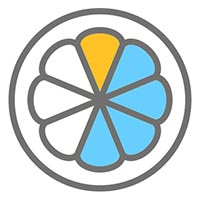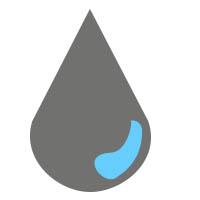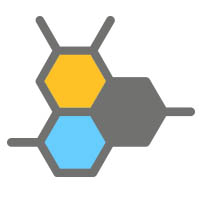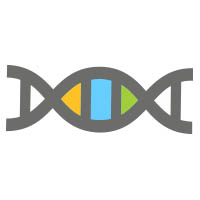Mistletoe therapy plays a major role in integrative medicine for cancer patients. Integrative doctors around the world are seeking for therapies in addition to conventional treatments, in order to alleviate cancer patients from the harsh side effects. Although it has shown some success in shrinking tumors, mistletoe therapy is not used as an alternative treatment, but rather as a complementary treatment alongside with conventional therapies, to improve cancer patients’ quality of life.
The white-berry mistletoe has been used as a medicinal plant since ancient times, and for the past 100 years it has also been used successfully in integrative oncology.
It blooms in winter, grows on trees, and does not adjust its position to the sun. There is an interesting similarity between the behavior of the mistletoe plant, which is contrary to the laws of nature, and the growth of a tumor. This similarity has helped the Dutch physician Dr. Ita Wegman to discover its healing potential for cancer and developed the first injectable mistletoe preparation in 1917. Today, mistletoe therapy is established as a complementary form of therapy in oncology.
Studies show that mistletoe therapy has a positive effect on the patient’s immune system and quality of life, and it can also improve tolerance of standard therapies such as chemotherapy, without harming their effectiveness. It can be used for almost every types of cancer, and at any stage of the therapy: Before or after surgery, before, during, or after radiation, chemotherapy, hormonal therapy and antibody therapies. It restores the immune system and make it more effective by multiplying and activating the immune cells. In addition, mistletoe extracts can induce apoptosis, the process of natural cell death, which can inhibit tumor growth.
As for healthy cells and tissue, no harm has been observed, on the contrary: Mistletoe extract protects the DNA of immune cells and other healthy cells against the damages caused by cytostatic drugs, and by that it helps reduce side effects of chemotherapy.
In addition to all of the above benefits, mistletoe therapy has significant improvements in cancer patients’ quality of life:
– Patients’ general well-being improves, the immune system remains active and so infections are prevented.
– Fatigue, particularly during and after chemotherapy, is less severe.
– Nausea during chemotherapy is reduced.
– It stimulates the appetite and helps the body regain energy.
– It improves sleep.
– It increases overall energy in the patient.
– It raises the body temperature of the patient, who usually suffers from cold
– Patients report on a better and more positive attitude, and less fear.
– Sometimes, mistletoe therapy can also help shrink a tumor and prolong survival.
Mistletoe therapy is administered over IV or injection in most integrative clinics in Germany and Mexico, and is considered to be a standard treatment. While it might be given different names, like Iscador, Viscum-Album or Helixor, it is always the same extract of the mistletoe plant.















